by Mary Hrovat
 It sounds like a parlor trick or gimmick, to walk 2,024 miles in 2024—trivial but harmless. It’s not like hiking the Appalachian or Pacific Crest Trail or climbing the highest peak on each continent, or running a marathon. But it is similar to a marathon in that the number involved is an arbitrary product of history that can somehow be useful for guiding a person’s efforts.
It sounds like a parlor trick or gimmick, to walk 2,024 miles in 2024—trivial but harmless. It’s not like hiking the Appalachian or Pacific Crest Trail or climbing the highest peak on each continent, or running a marathon. But it is similar to a marathon in that the number involved is an arbitrary product of history that can somehow be useful for guiding a person’s efforts.
The idea came from a friend. Early in 2020, I mentioned that I’d walked 1,929 miles in 2019, and he suggested that maybe I could walk 2,020 miles in 2020. Adding just under 100 miles, which is less than 2 miles a week, certainly seemed well within my capacity. I sold my car in 2018 and have many reasons to go for a walk. However, I didn’t manage 2,020 miles in 2020, and I couldn’t increase my mileage significantly in subsequent years either, until now. As of this writing (December 14), I’ve walked 2,079 miles. I passed my target a week ago, on a Saturday morning when I walked a couple of loops in my neighborhood to catch some rare December sun and get my day off to a good start.
∞
The years of thinking about my goal but not achieving it had clarified for me the seasonal patterns in my walking: I tend to walk less in summer, when the heat makes it uncomfortable to be outside, and sometimes less in winter if it’s icy or extremely cold. I walk less when I’m held immobile by depression. I usually feel better when I walk, but sometimes I get so far down that it’s hard to leave the house. That’s part of what happened to me in 2020.
In 2020–2023, I noticed that I kept on track toward a number of miles that matched the year fairly well up until about May. After that, I slowly got so far behind that it became impossible to catch up. This year, I thought I’d keep a spreadsheet so that I’d be more aware of how I was doing. I set up one that showed my running total, by week and by month, and how far off I was from my target for each week and month in the year. Read more »


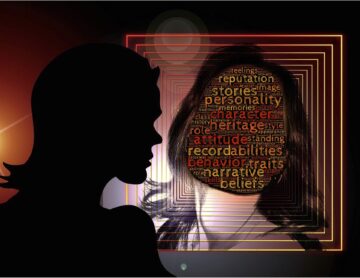
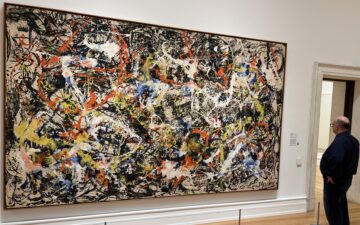
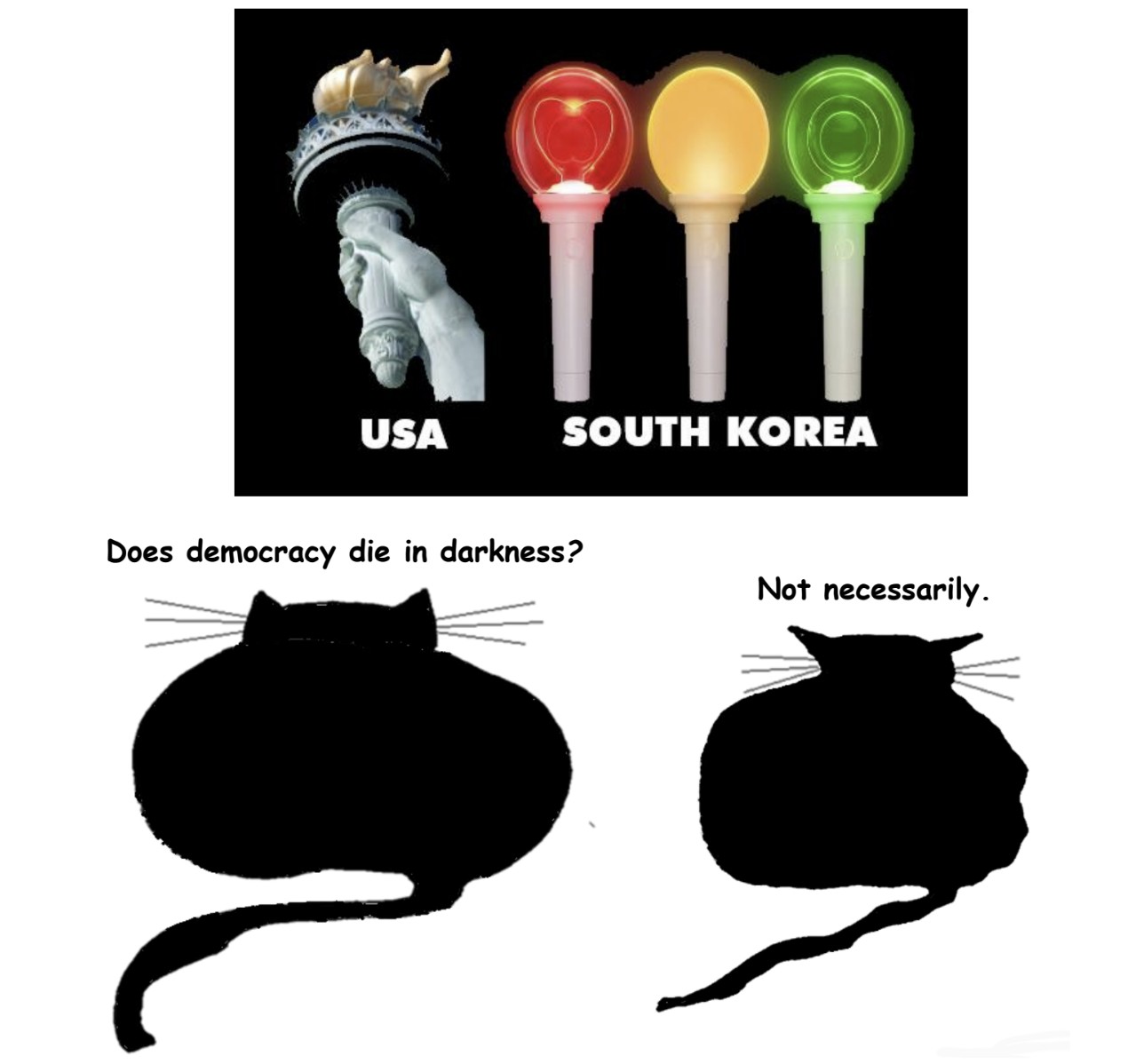


 Lorraine O’Grady. Art Is … , Float in the African-American Day Parade, Harlem, September 1983.
Lorraine O’Grady. Art Is … , Float in the African-American Day Parade, Harlem, September 1983.
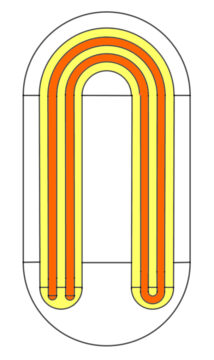

 The world does not lend itself well to steady states. Rather, there is always a constant balancing act between opposing forces. We see this now play out forcefully in AI.
The world does not lend itself well to steady states. Rather, there is always a constant balancing act between opposing forces. We see this now play out forcefully in AI.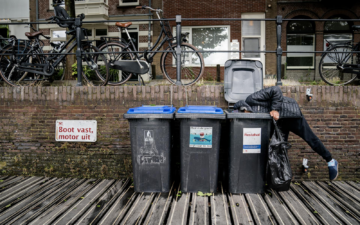
 The sleet falls so incessantly this Sunday that the sky turned a dull gray and we don’t want to go anywhere, my child, his friend and me. We didn’t go to the theater or to the Brazilian Roda de Feijoada and we didn’t even bake cookies at the neighbors’ place, but instead are playing cars on the floor and cooking soup and painting the table blue when the news arrives.
The sleet falls so incessantly this Sunday that the sky turned a dull gray and we don’t want to go anywhere, my child, his friend and me. We didn’t go to the theater or to the Brazilian Roda de Feijoada and we didn’t even bake cookies at the neighbors’ place, but instead are playing cars on the floor and cooking soup and painting the table blue when the news arrives.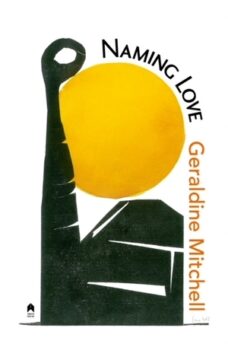



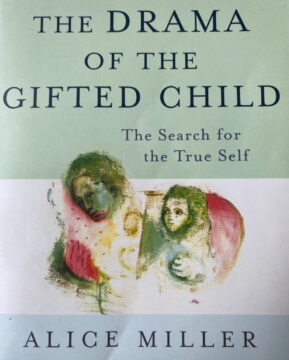

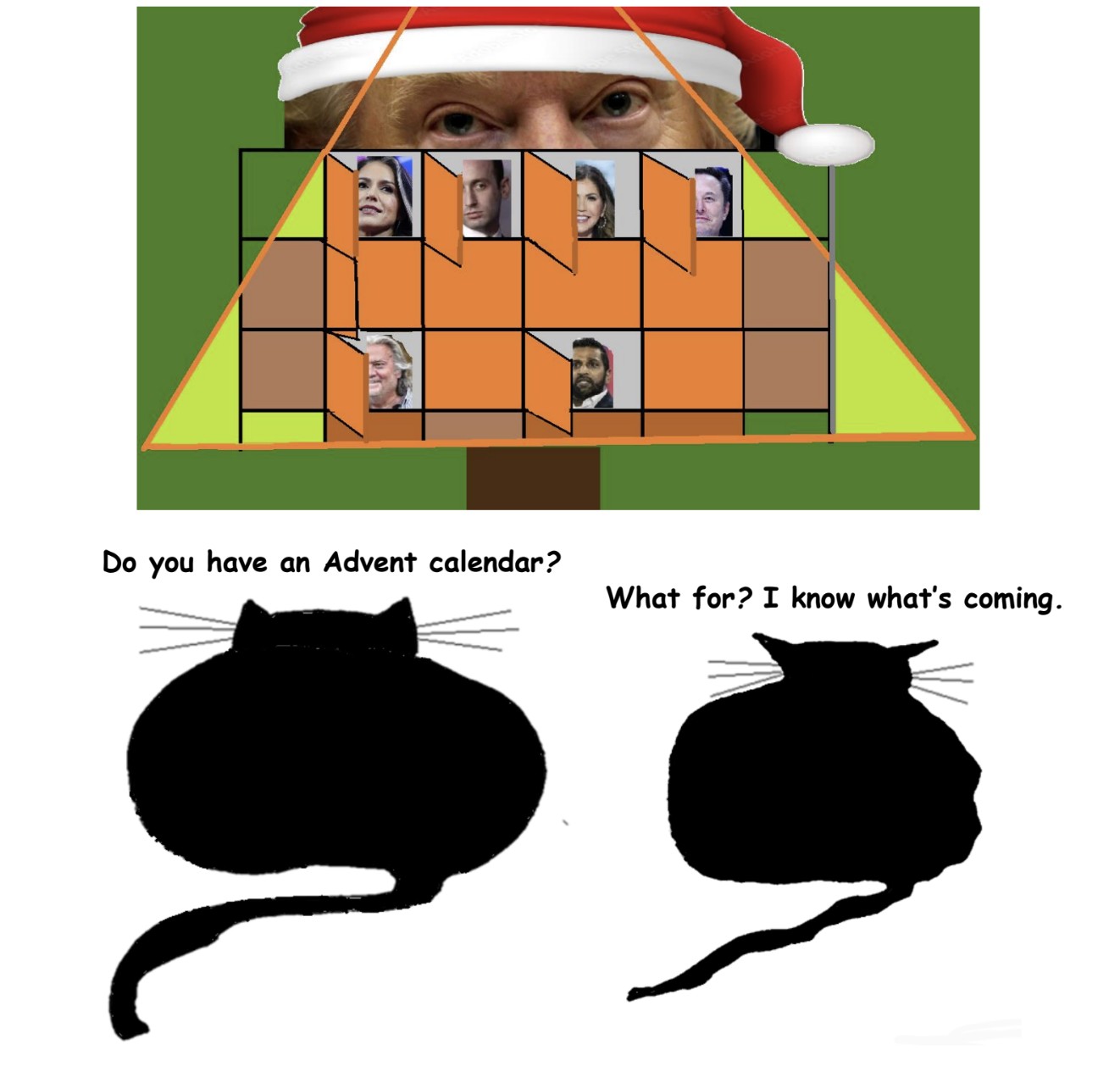
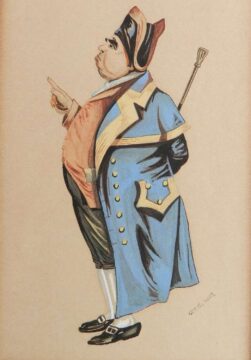 “You were present on the occasion of the destruction of these trinkets, and, indeed, are the more guilty of the two, in the eye of the law; for the law supposes that your wife acts under your direction.”
“You were present on the occasion of the destruction of these trinkets, and, indeed, are the more guilty of the two, in the eye of the law; for the law supposes that your wife acts under your direction.”